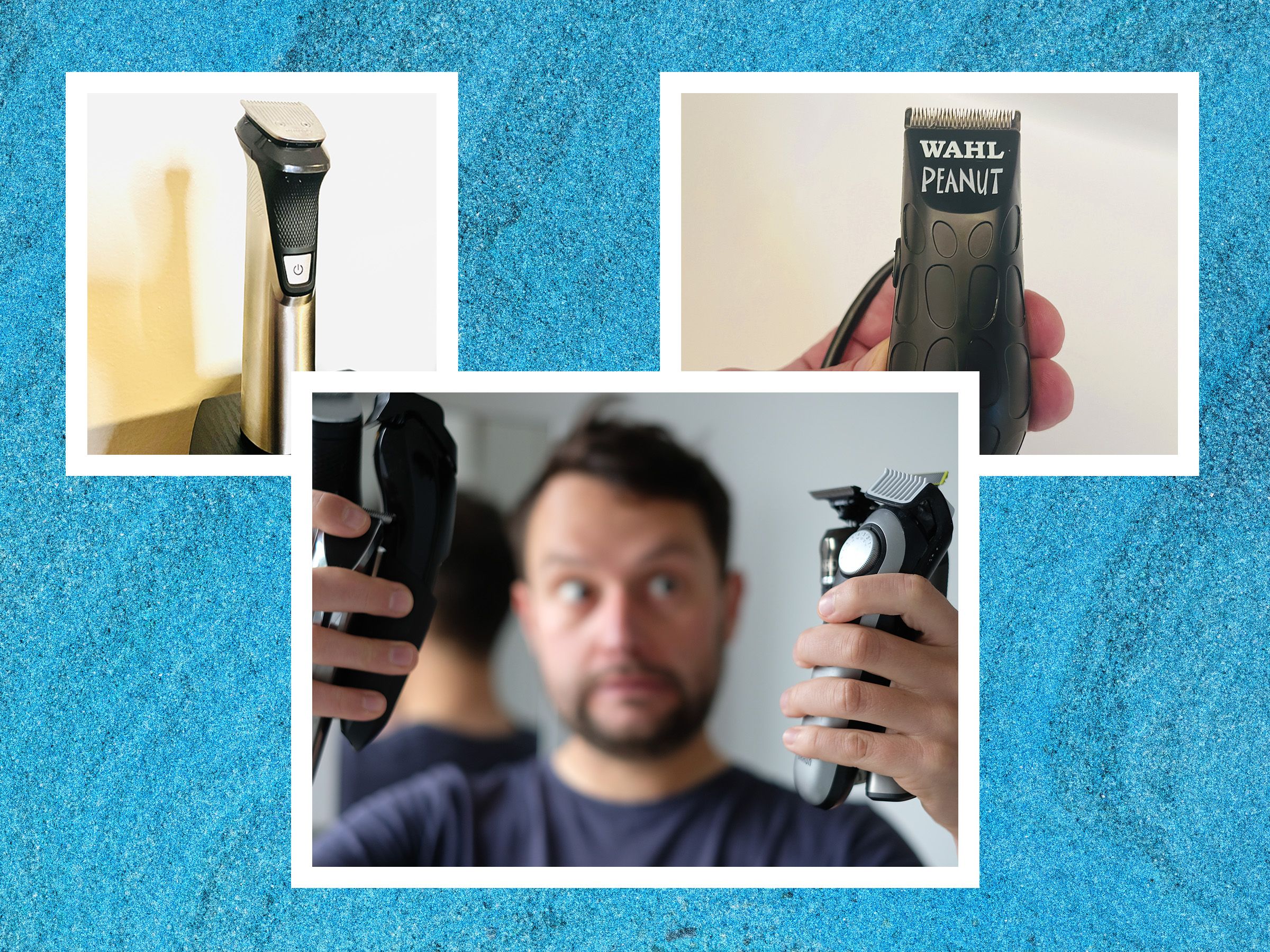A Beard Trimmer is a blessedly straightforward device that can have widely disparate results. Different beards require wildly different visions of the best beard trimmers, depending on hair type and style. And quality matters. Cheap blades don’t save money if they die young. The last thing anybody needs in the morning is a dull or underpowered trimmer pushing your hair around instead of cutting it—or even worse, pulling your hair.
The shopping-aisle rainbow of trimmers advertising “professional precision” and “lifetime blades” without corresponding warranties can be daunting to sort through. We consulted barbers and hair pros, then we turned these blades to our very own faces. Our team includes multiple testers with different morning routines, with multiple versions and visions of beard. Whether you’re aiming for rugged stubble, tight-detailed geometry, or the well-tended thatch of an elegant lumberjack, we have a pick for you.
For more grooming guides, check out the Best Creams and Tools for Removing Hair, the Best Hair Dryers, and the Best Hair Straighteners. For general mannitude, check out our Gifts for Manly Men.
Updated April 2025: We added the Peanut Li; retested the Philips OneBlade and Panasonic Multishape; updated device models; and reorganized, updated, and checked prices throughout.
Power up with unlimited access to WIRED. Get best-in-class reporting that’s too important to ignore for just $2.50 $1 per month for 1 year. Includes unlimited digital access and exclusive subscriber-only content. Subscribe Today.
Here’s some help on choosing the right features for your facial fuzz.
- Ceramic versus steel blades: Ceramic blades can hold their sharpness better than steel, but the smaller teeth of premium beard trimmer blades tend to be made of stainless steel.
- Barrel control: Some beard trimmers have on-device twist controls. For an easier life, pick one with minimal attachments. But there can be a trade-off in accuracy and added unwieldiness. Such dials also add a failure point to the trimmer guard.
- Ni-MH versus Li-ion: Avoid trimmers with excessively long charge times and those that use old nickel-metal-hydride batteries. They don’t hold their charge as long as lithium-ion.
- Waterproof? Beard trimming in the shower isn’t as precise a process as wet shaving, but a water-resistant design does let you wash your trimmer under the faucet with confidence.
- USB charging: It took far too long, but USB charging cables for beard trimmers have now become a fairly standard accessory, often in addition to proprietary charging ports. A major bonus for travel.
- Small versus larger teeth: Larger blade teeth can cut thick, dense hair, but smaller teeth allow for a closer, more precise cut. The latter is exemplified by the Philips OneBlade family.
- Wide versus narrow blade: Hair trimmers have wider blade surfaces than beard trimmers. The narrower style of beard trimmer provides greater control, with minimal time loss for those with shorter facial hair.
- Do blades need to be replaced? Use blade oil (often included) to avoid rusting, and blades should last for years. Trimmer-shaver hybrid Philips OneBlade will need more regular replacements, though.
- Vacuum? Some beard trimmers have a vacuum feature, to avoid getting hair trimmings everywhere. It’s often a gimmick, but it’s a gimmick for a reason: Beard trimmings are the worst. We’ll be adding coverage of beard hair vacuums in future coverage.
A beard grows about a millimeter every two or three days, depending on who you are—an eighth of an inch a week, on average. So testing beard trimmers can take a long time.
In general, we test each beard trimmer once a beard has grown out enough for a good trim—using at least two cutting lengths. Weight and balance matters, and so does the blade’s ability to get to the awkward areas around the neck. We check the trimmer’s ability to function as a shaver, whether for balding or on the neck.
Our testers check how well-made and easy to use any attachments are, and we verify manufacturer claims about battery life and power. We also check in with professional haircutters, especially to verify claims of durability and reliability among brands and models.
Tester Matthew Korfhage has coarse and angry hairs, with a seeming mind of their own. Tester Andrew Williams has a relatively full beard, with straight-growing stubble. We’ve tried to reflect any possible issues—struggling with thick bristles, for instance—in our reviews, so you can be sure of the best possible trim with the least amount of effort. And we might run a blade into a horsehair broom, to test a motor’s power, and its likelihood of bogging down when faced with a thick, full beard.




